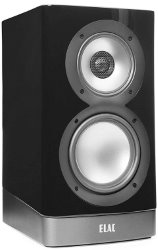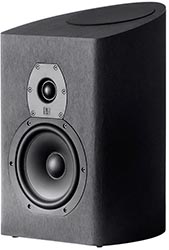ELAC ARB51 Navis vs. Monoprice Monolith THX-265B
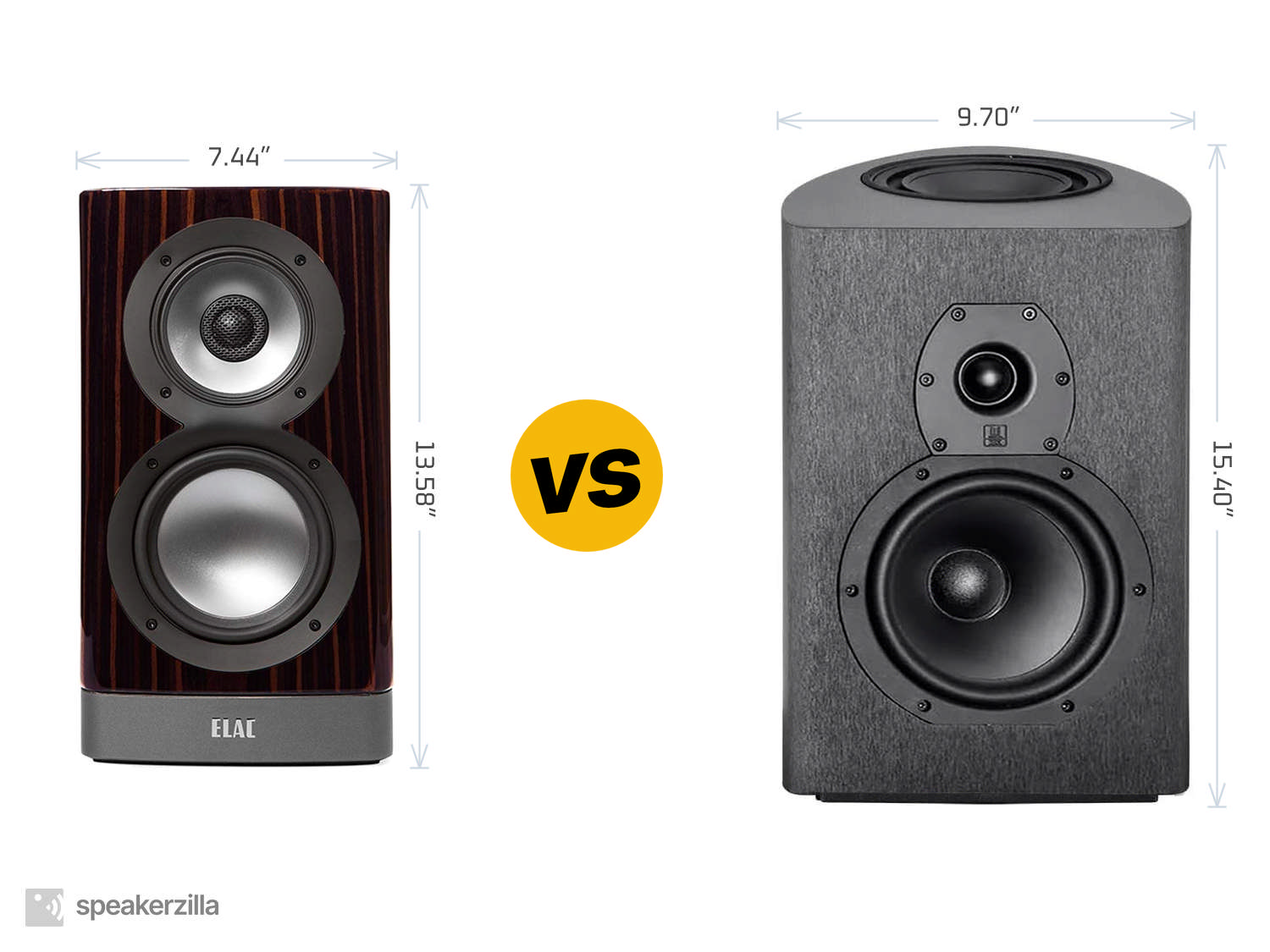
| ELAC ARB51 Navis Powered Bookshelf Speakers | Monoprice Monolith THX-265B Bookshelf Speakers |
| MSRP | |
| $2000 | $800 |
| Dimensions (H × W × D) | |
|
13.58” × 7.44” × 9.45” 345mm × 189mm × 240mm |
15.40” × 9.70” × 11.40” 391mm × 246mm × 290mm |
| Power Type | |
| Powered | Passive |
| Frequency Response | |
| 44-28,000 Hz | 65-24,000 Hz |
|
Amazon.com
|
Amazon.com
|
Key Takeaways
TLDR Summary: In the realm of high-fidelity audio, the ELAC ARB51 Navis stands out with its audiophile-grade amplification and sophisticated design, offering a pure, unadulterated soundstage. Its custom drivers ensure a seamless blend between lows, mids, and highs, catering to discerning ears that crave accuracy and detail. On the flip side, Monoprice Monolith THX-265B speakers, THX-certified for cinematic sound, punch well above their weight class, delivering an expansive soundstage and dynamic range, suitable for both movies and music. While the Monolith offers exceptional value, the ELAC ARB51 is a nod to the purist seeking an all-encompassing, nuanced auditory experience.
Speaker Comparison
When the conversation turns towards high-fidelity audio, the modern listener is met with a plethora of choices that can make even the savviest audiophile's head spin. Today, we're placing two standout performers in the bookshelf speaker arena under the microscope: the ELAC ARB51 Navis Powered Bookshelf Speakers and the Monoprice Monolith THX-265B Bookshelf Speakers. Both are renowned for their build quality and sound, yet they cater to slightly different listening preferences and setups, which is precisely what we'll delve into.
Design Philosophy and Aesthetics
First impressions matter, and in the world of audio gear, the design ethos speaks volumes about the manufacturer's intent. The ELAC ARB51 exudes a minimalist elegance with its curved cabinet design, which isn't just for show. These contours are specifically tailored to reduce standing waves and provide a clearer listening experience. In contrast, the Monoprice Monolith THX-265B opts for the traditional boxy look, adhering to the THX standard that promises cinematic sound quality with a focus on robust engineering over aesthetic frivolity.
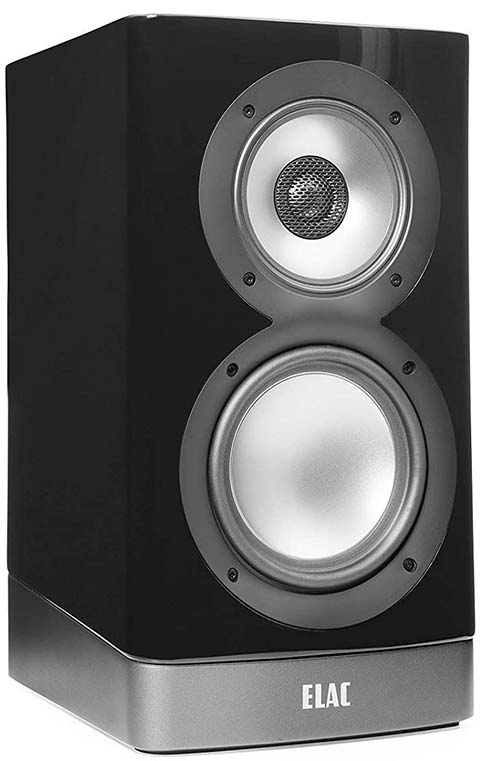
 (at Amazon.com)
(at Amazon.com)ELAC's offering comes draped in a luxurious high-gloss finish, signaling its premium standing in the market. The Monolith, on the other hand, employs a more utilitarian design language, with a texture-finished veneer that feels ready for the rigors of both dedicated home theaters and living room setups. While the ELAC's finish might attract the design-conscious user, the Monolith's build suggests a readiness for diverse environments.
Under the Hood: Power and Performance
Peering under the hood reveals stark differences in the approach to sound reproduction. The ELAC ARB51 is an active speaker, meaning it comes with an integrated amplifier. This design choice eliminates the need for a separate amp, streamlining your setup and ensuring a perfectly matched power source to the drivers. The ARB51 wields a trio of dedicated amplifiers — one for each driver — which allows for precise control and a more cohesive soundstage.
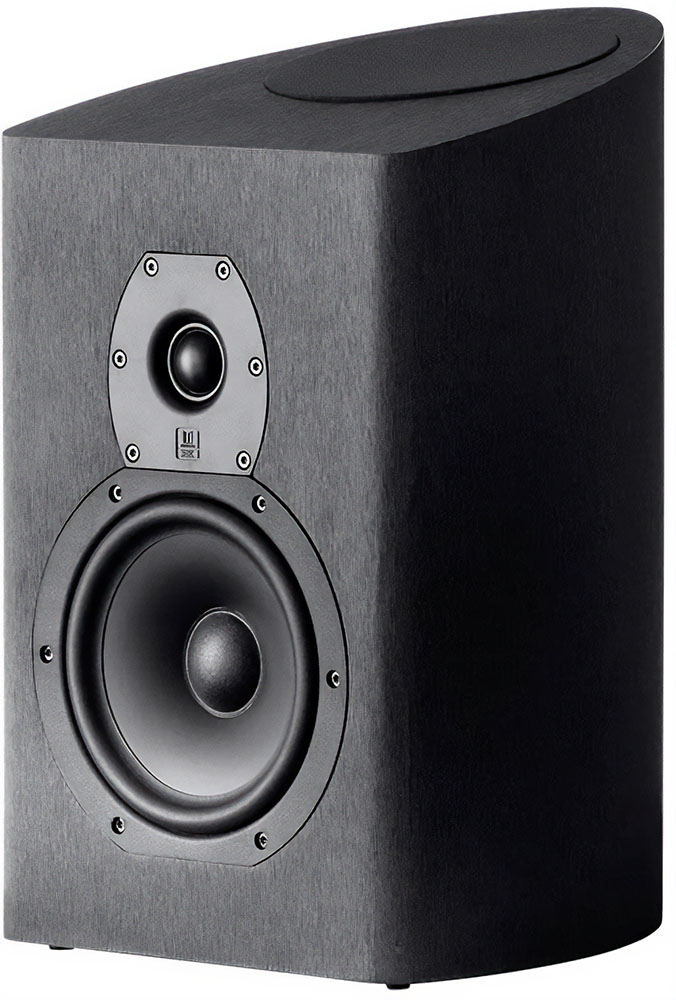
 (at Amazon.com)
(at Amazon.com)The Monolith THX-265B, however, is a passive speaker, making it dependent on an external amplifier. The added flexibility in choosing your amp can be a boon for those who love to tweak and tailor their sound, but it also means considering additional cost and space for proper amplification. However, being THX-certified, the Monolith promises to deliver sound that meets rigorous performance standards, ensuring cinematic quality in a bookshelf form factor.
Compare to similar speakers
The Sound: Clarity and Detail
When it comes to sound, the ELAC ARB51 offers a detail-rich presentation that effortlessly reveals the nuances in your favorite tracks. With a coaxial driver arrangement, the sound emanates from a singular point, creating a more focused and immersive soundstage. The ARB51 doesn't just sing; it speaks directly to the audiophile's soul, with tight bass, crisp mids, and sparkling highs that command your attention without ever becoming fatiguing.
In the opposite corner, the Monolith THX-265B stands its ground with a sound signature that's been tuned to THX specifications, ensuring that movies and music are reproduced with the clarity and punch intended by the creators. Its sound is characterized by a robust low-end, clear mids, and highs that soar without harshness. Though it may lack the pinpoint imaging of its ELAC counterpart, the Monolith excels in creating a wide, enveloping soundstage that can fill a room with ease.
Conclusion: Tailoring to Tastes
Ultimately, the choice between the ELAC ARB51 Navis and the Monoprice Monolith THX-265B comes down to personal preference and the specifics of one's listening environment and habits. The ELAC ARB51, with its self-powered convenience and extraordinary sound precision, is a haven for discerning listeners who value both simplicity and acoustic perfection. It thrives in intimate settings where the subtleties of music can be appreciated without external interference.
The Monoprice Monolith THX-265B, conversely, offers a more traditional route to high-fidelity sound, providing an adaptable setup that is limited only by the accompanying electronics' quality and the listener's willingness to fine-tune. For those craving the thunderous, expansive sound that can transform both music and movies into deeply engaging experiences, the Monolith is a formidable choice. As always, true audiophile bliss is found in the harmony between one's gear and their personal quest for sonic nirvana.
- ELAC ARB51 Navis reviews and FAQs
- Monoprice Monolith THX-265B reviews and FAQs
Check Current Prices: |
|
|
Amazon.com
|
Amazon.com
|
Affiliate Disclosure: As an Amazon Associate, we earn from qualifying purchases.
